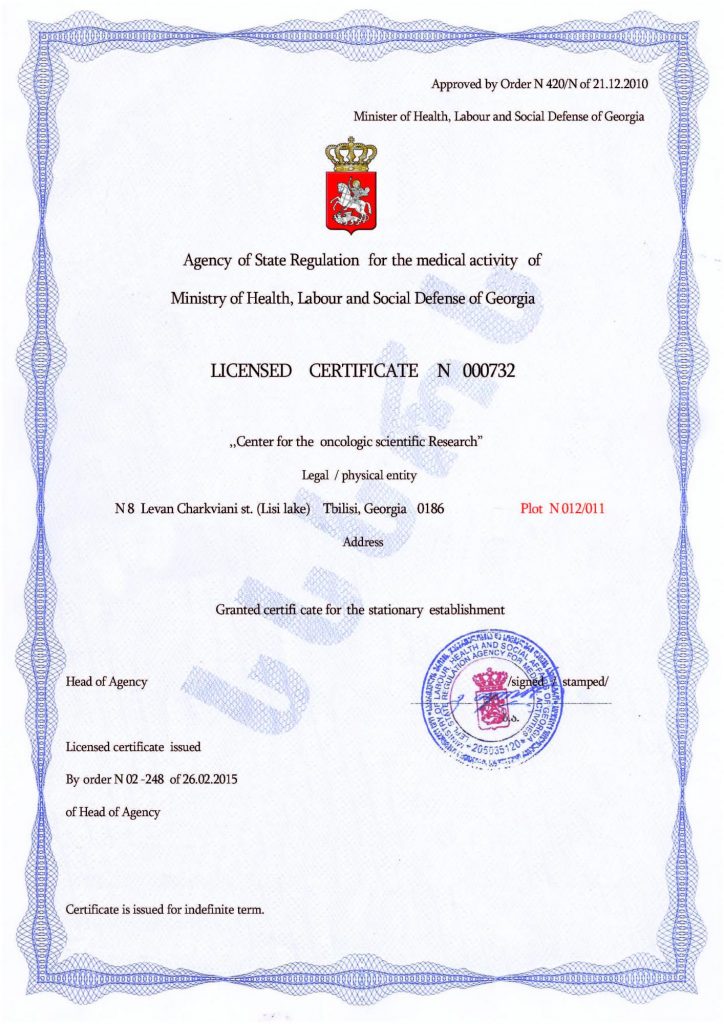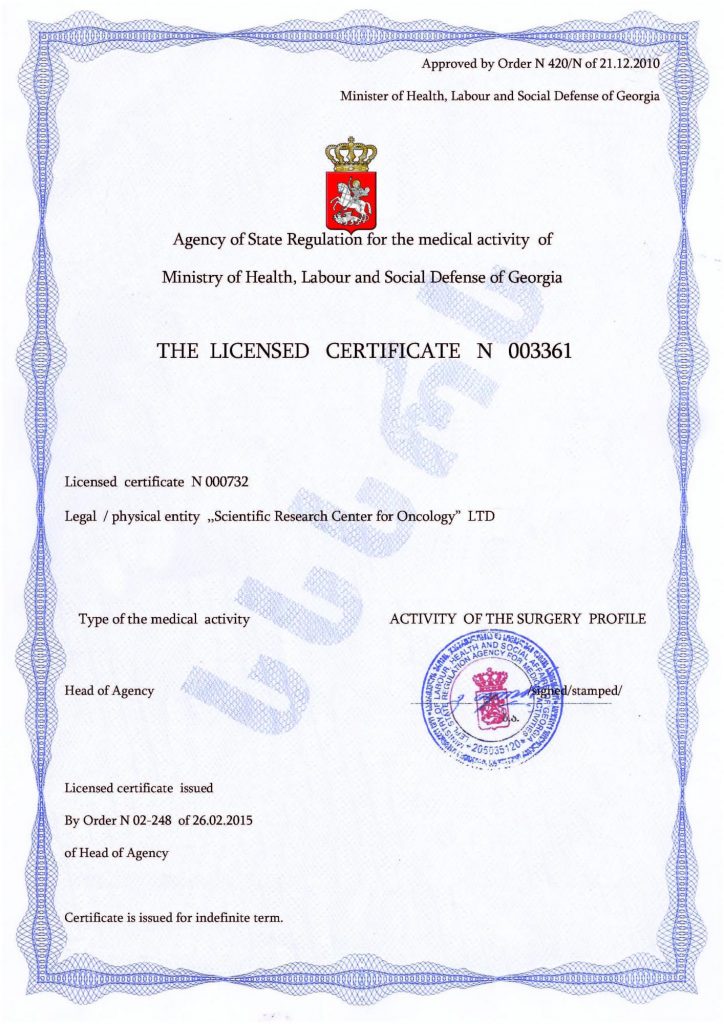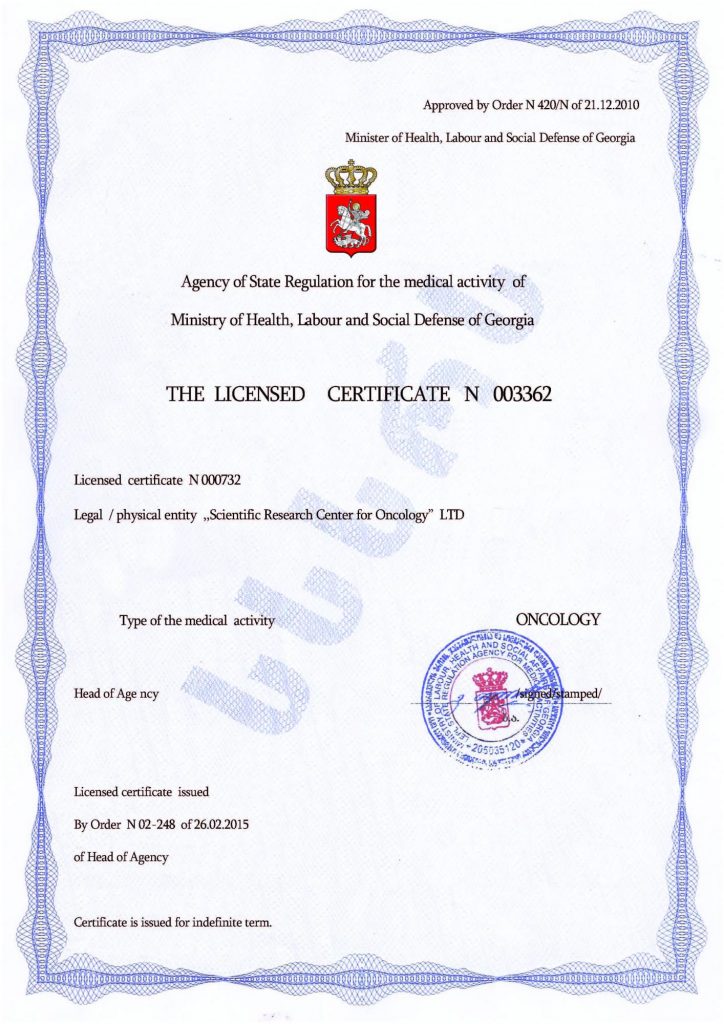PFAS and Autism: Pregnant Women Should Exercise Caution
During pregnancy, a future mother must pay special attention to her physical condition. Any negative influence can lead to serious complications for her health and developmental problems for the growing child.
There may be certain risk factors during pregnancy that could lead to the diagnosis of autism at a later age. One of them is the exposure to per- and polyfluoroalkyl substances (PFAS). These substances were synthesized in the 1940s, and soon they began to be used everywhere, including in non-stick coatings for cookware and firefighting foam. Nowadays, PFAS can be found in hundreds of thousands of products, although their ban has been proposed due to risks for health and the environment. These chemicals can cause cancer, but overall, their impact on the body and its mechanisms is still not fully understood.
Indirect exposure to PFAS during pregnancy may pose health risks for the pregnant woman and her future child. The most common include:
• Preeclampsia, which can even lead to seizures;
• Gestational diabetes due to excessive weight gain;
• Poor placental health, which disrupts the organ’s ability to regulate lipid homeostasis;
• Abnormal increases in blood pressure.
As for autism, its connection to all PFAS is not proven, but one specific substance from this group — perfluorononanoic acid (PFNA) — may cause similar symptoms at a later age due to prenatal exposure. The U.S. National Institutes of Health confirm the reliability of this information through their research. However, further studies are needed to establish how PFAS affect the genetic code.
According to the World Health Organization (WHO), more than a third of mothers — about 40 million annually — experience long-term health complications after childbirth. While there is no guaranteed way to prevent developmental problems in a child during pregnancy, including autism, steps can be taken to reduce the risk. These include healthy eating, regular physical activity, and stress management. But above all, it is crucial to avoid prenatal exposure to PFAS, which can be done in the following ways:
- Avoid takeout food. It is better not to order it, as the packaging is usually coated with grease-resistant coatings containing PFAS, which can easily transfer to the food. It is much better to cook at home.
- Use cookware that does not contain PFAS. These substances are used to create a grease-resistant layer on non-stick cookware. It is easier to cook in such pans, and less oil is needed. However, to avoid harm to your health, it is better to choose safer alternatives such as cast iron pans, stainless steel, or ceramic cookware.
- Avoid wearing stain-resistant clothing. Fabrics treated to be resistant to dust, liquids, and other contaminants contain PFAS. Much healthier are natural “breathable” fabrics like cotton, linen, or silk. For winter, wool is a much better option than acrylic. However, even natural fabrics may contain PFAS to prevent wrinkles.
- Drink filtered water. It is highly likely that PFAS are present in tap water. In the U.S., these chemicals were found in 45% of samples taken from various cities. Therefore, it is better to drink filtered water or install a reverse osmosis filtration system — it removes PFAS, whereas simpler models cannot.
Autism is not always a direct result of complications during pregnancy. According to the University of California, Los Angeles School of Medicine, about 80% of cases where children develop this condition may be related to congenital genetic mutations. However, the genetic code can change due to external factors, including exposure to PFAS, and this factor should be considered.
If a child is diagnosed with autism, the best way to help them is through cellular therapy. This modern, high-tech method is completely safe and, most importantly, effective, as it addresses the pathological condition itself, not just its symptoms. The main stage of this treatment involves stem cell transplantation, taken from the patient, which excludes the risk of rejection. After being introduced, these cells transform into healthy analogs of the damaged cells and replace them, thereby normalizing brain and nervous system function. No other type of therapy can achieve such results, with positive changes occurring soon after the procedure and lasting for a long time, often for a lifetime. This, in turn, leads to increased effectiveness of supplementary autism correction measures.
It is possible that cellular therapy, which is already widely recognized, will become the main method for combating such disorders in the future. It is currently practiced in leading clinics around the world, including the Mardaleishvili Medical Center. There, highly qualified doctors with extensive successful experience work, and procedures are carried out using the most modern equipment. Moreover, the services are more financially accessible than in other countries, and comprehensive assistance with travel preparations, accommodation, and other aspects is available.
Cellular therapy — a chance to restore a child’s health!
Autism Treatment Center Videos
Autism treatment with own stem cells
Cord blood association congress
International Quality Crown
Autism Treatment Reviews
Autism treatment with own stem cells
The story of Alessandro (6 years old)
Autism Patient Testimonial - Stem Cell Treatment
Clients Testimonials

Feedback from Igor, David’s father (12 years old) Read More

Feedback from Olga, Fedya’s mother Read More
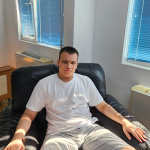
Feedback from Natalia, Radomir’s mother (15 years old) Read More

Feedback from Esther, Samuel’s mother (8 years old) Read More
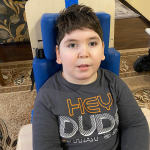
Feedback from Abibe, Selim’s mother (7 years old) Read More









